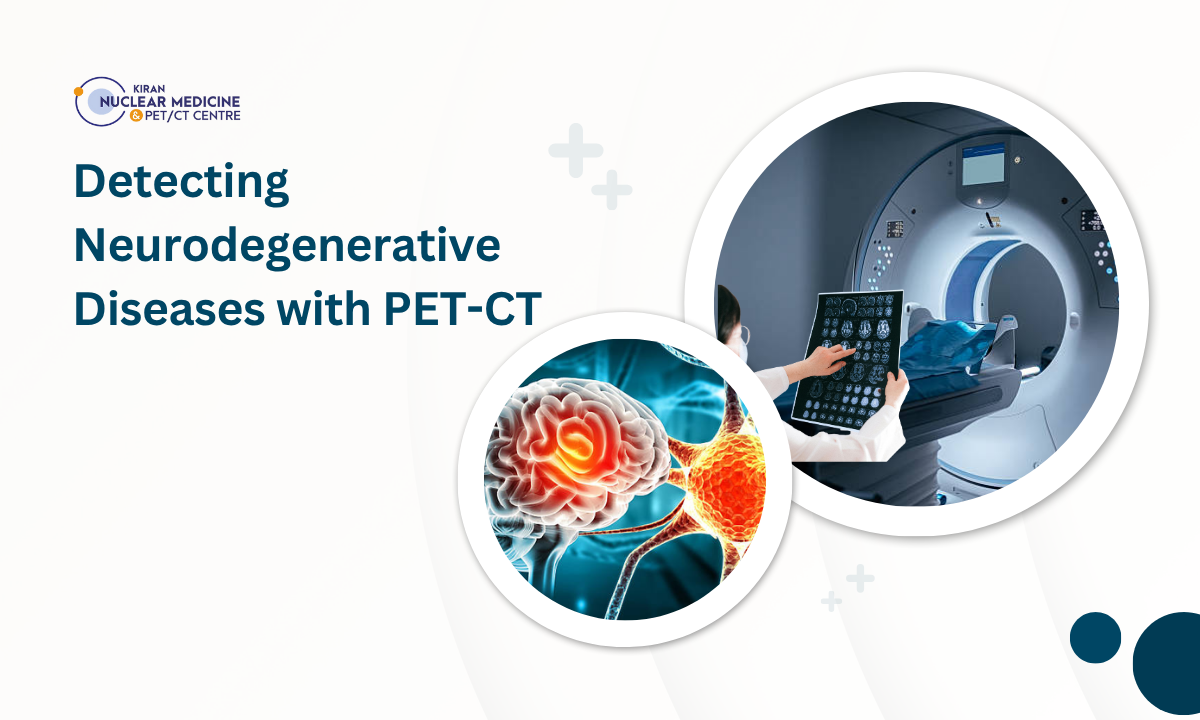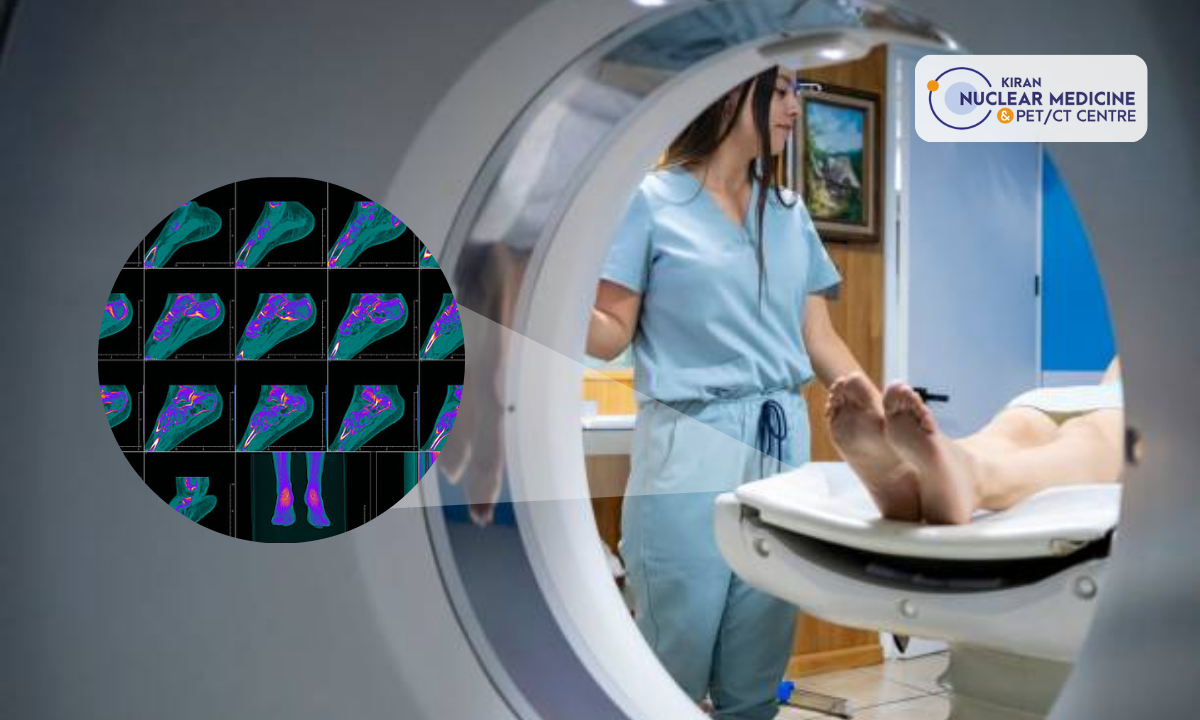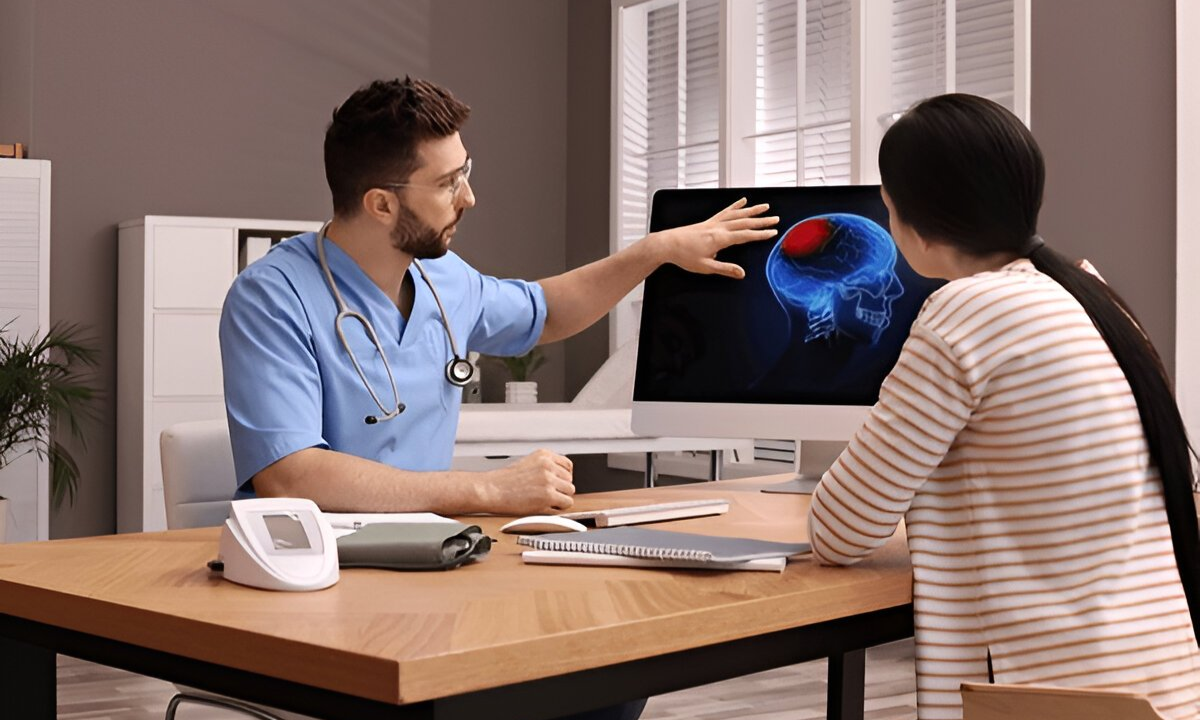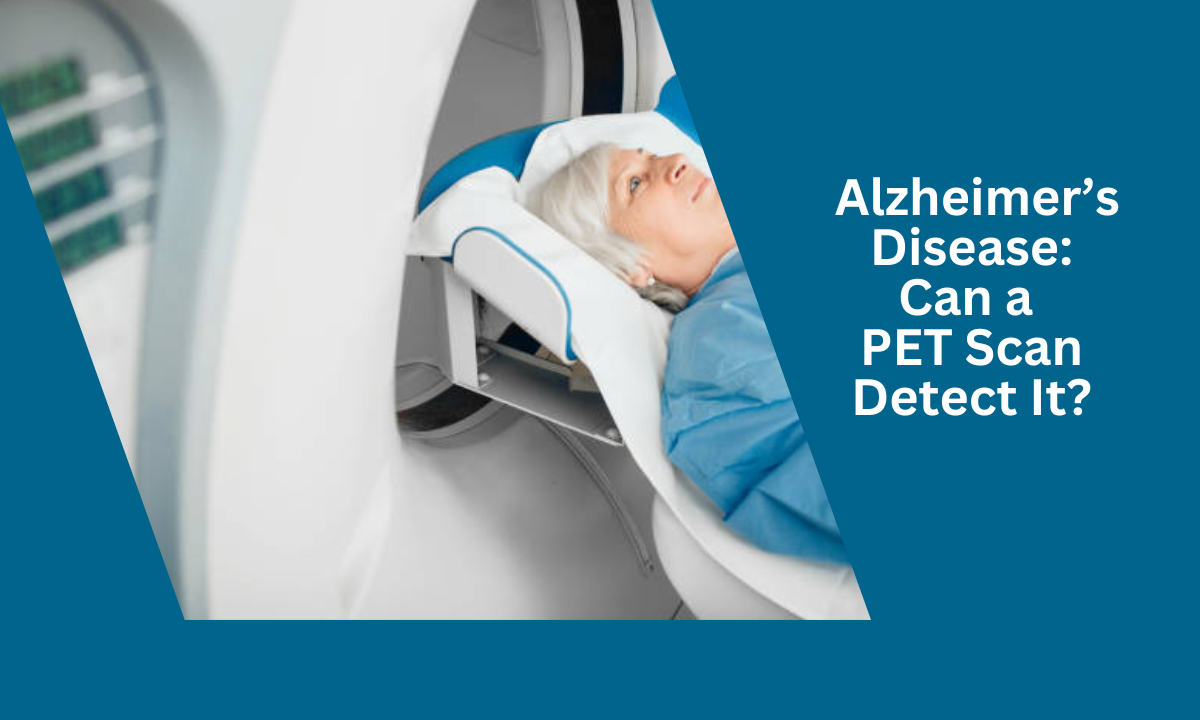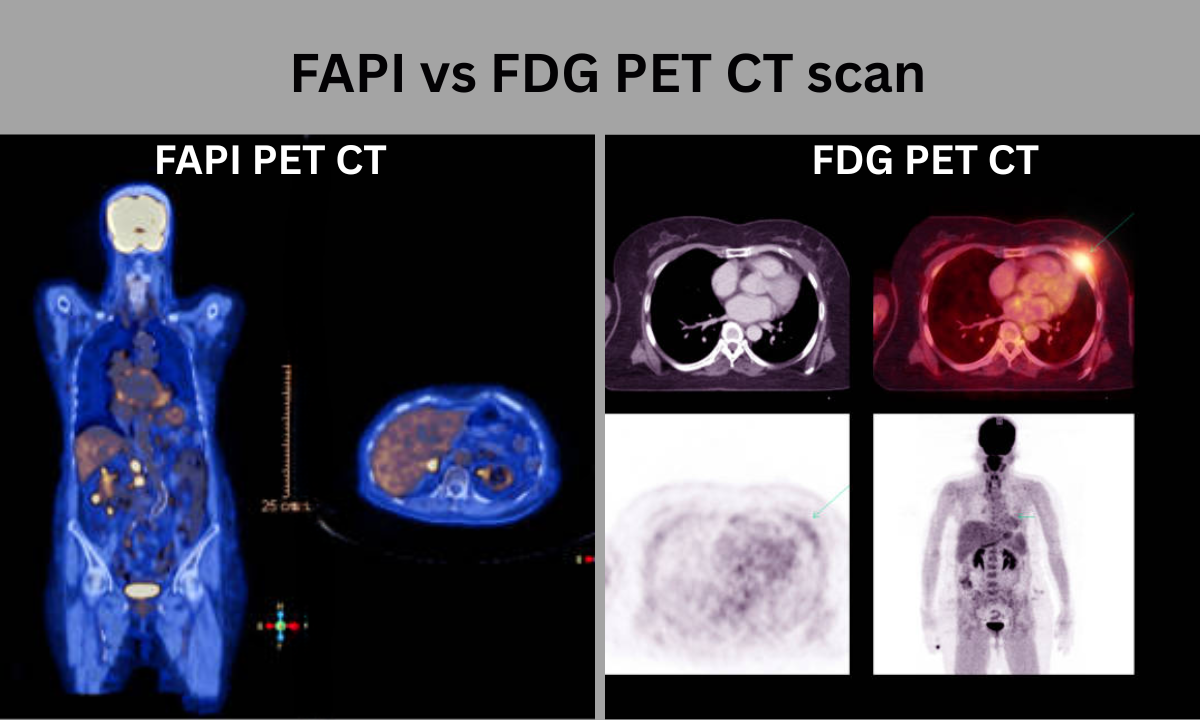As a doctor at Kiran PET CT, I often encounter patients who ask me: “What exactly are neurodegenerative disorders?” These are conditions where nerve cells in the brain or spinal cord slowly lose function and die. This leads to more neurological symptoms and a steady decline. The role of PET CT scan is becoming critical in how we detect, understand, and manage these disorders early.
In this article, we will look at what neurodegenerative disorders are. We will also discuss how a PET CT scan helps, especially with Parkinson’s disease. We will discuss important facts about Parkinson’s disease. We will cover how it develops and the age it usually starts. We will also look at its unique symptoms in men. Finally, we will explore how new research is changing the future.
Understanding Neurodegenerative Disorders
When we talk about neurodegenerative disorders, we mean diseases that slowly damage neurons. These diseases affect how neurons work and their structure. Motor neurons, sensory nerves, and brain cells all lead to worse symptoms over time. These symptoms include movement difficulties, cognitive decline, and changes in speech.
In practical terms, the “meaning” of neurodegenerative disorders includes:
- Neuronal loss or dysfunction in selective regions of the nervous system.
- Accumulation of misfolded proteins (for example, α-synuclein in Parkinson’s disease).
- Progressive course and often limited reversibility.
- A need for early diagnosis to improve management and quality of life.
Across our patients at Kiran PET/CT, recognizing early hints: slight changes in speech, subtle tremors, minor walking difficulties—can make a difference. That’s where imaging, like a PET CT scan, comes in.
What is a PET/CT Scan and Why It Matters
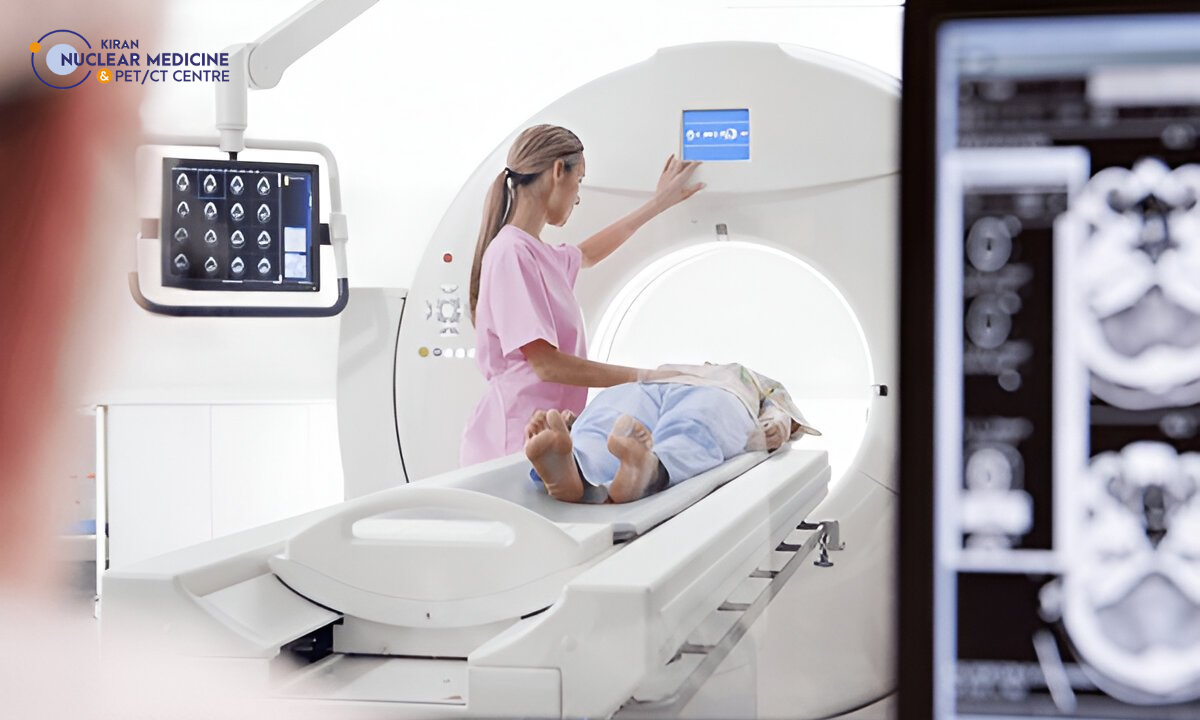
A PET scan (positron emission tomography) combined with a CT scan (computed tomography scan) provides a molecular and anatomical view of the body. This means we can visualize metabolic activity, neurotransmitter systems, and nerve degeneration in ways that traditional MRI or CT alone cannot.
For example:
- PET tracers can highlight dopaminergic dysfunction in the brain regions responsible for movement control.
- CT gives the structural overlay so we can correlate “where” and “how much” change has occurred.
- In neurodegenerative disorders like Parkinson’s disease, PET/CT allows us to detect these changes before gross anatomical changes become obvious.
Recent studies emphasize that PET/CT is no longer just supporting but is transformative in the diagnosis and differential diagnosis of conditions like Parkinson’s.
Parkinson’s Disease: How Does It Happen?
Let’s focus on Parkinson’s disease, a prominent example of a neurodegenerative disorder. The process starts when certain brain cells, particularly those in the substantia nigra that produce dopamine, begin to degenerate. Reduced dopamine means less control over movement, coordination, and even some non-motor functions.
Here’s how it unfolds:
- Misfolded proteins accumulate (for example, Lewy bodies with α-synuclein).
- Dopaminergic neurons shrink or die off, leading to declining dopamine levels.
- This leads to the classic motor symptoms: tremor, rigidity, bradykinesia (slow movement), and instability.
- Alongside motor issues, there can be changes in speech, mood, memory, and autonomic functions.
- As this is a progressive condition, if left unchecked early, the disease advances and symptoms worsen.
With PET/CT imaging, especially using appropriate tracers, we can visualize the degeneration of dopaminergic pathways and quantify how severe the dysfunction is.
Parkinson’s Disease Occurs at What Age?
Many patients believe Parkinson’s only affects the very old, but that’s not always the case. While the average age of onset is around 60 years, a younger onset (in the 40s or 50s) does occur. Because each individual is different, it’s essential to remain alert to early signs even before typical age thresholds. Early detection, often via imaging plus clinical assessment, offers a better chance to plan interventions that slow progression.
Parkinson’s Disease Symptoms in Men
Men often present certain symptoms earlier or more frequently than women, though Parkinson’s affects both genders. Common themes I notice in male patients at Kiran PET/CT include:
- Tremor in one hand that persists or worsens over months.
- Slowness of movement (bradykinesia) or a noticeable change in gait.
- Stiffness/rigidity in limbs.
- Speech changes: softer voice, monotone, slurred articulation (this overlaps with neurodegenerative speech disorders).
- Non-motor symptoms: sleep disturbances, loss of smell, depression, or anxiety.
Because speech changes are often subtle in early stages—and can represent neurodegenerative speech disorders—they warrant attention. If a PET/CT scan confirms dopaminergic pathway decline, we can intervene earlier.
Parkinson’s Disease Recovery Time
One important point I emphasize at Kiran PET/CT is that Parkinson’s disease is not a condition that typically “recovers” in the sense of returning to pre-disease baseline. It is a chronic, progressive disorder.
However, with early intervention—including medications, physical therapy, lifestyle changes, and supported monitoring (for instance via PET/CT), we can slow progression, manage symptoms, and maintain quality of life.
So “recovery time” is less about full recovery and more about intervention timeline: the earlier you detect and act, the better the functional outcomes and slower decline.
PET/CT and Neurodegenerative Speech Disorders
We often focus on movement disorders, but another key realm in neurodegeneration is speech disorders. Neurodegenerative speech disorders arise when brain regions controlling speech production or articulation are affected—either by protein accumulation, neuronal death, or neurotransmitter dysfunction. A PET/CT scan can help evaluate such regions by showing altered metabolism or connectivity. This is particularly useful when speech changes are one of the first signs: further investigation can lead to diagnosing a neurodegenerative disorder early.
Neurodegenerative Disease Research
Research into neurodegenerative disorders is advancing rapidly. At Kiran PET/CT, we stay updated on studies such as:
- PET molecular imaging of tau and alpha-synuclein aggregates, helping differentiate Parkinson’s from other disorders.
- Dual tracer PET/CT studies (such as ^11C-CFT and ^18F-FDG) enhance diagnostic accuracy in movement disorders.
- Using PET/CT imaging to monitor disease progression, treatment response, and to stratify patients for novel therapies.
For patients undergoing imaging at Kiran PET/CT, these research findings translate into better informed diagnoses, tailored treatment plans, and more hopeful prognoses.
Why Have a PET Scan in Bangalore (at Kiran PET/CT)
If you’re in or near Bangalore and have concerns about neuro-motor changes or speech changes, a PET scan in Bangalore is a valuable option. At our facility in Kiran PET/CT, we offer integrated PET/CT services designed for neurodegenerative disorders:
- Advanced PET/CT scanners with high resolution for detecting early pathological changes.
- Specialists trained in movement disorders and neurodegeneration.
- A multidisciplinary team coordinating neurology, nuclear medicine, and rehabilitation.
- Timely reports and patient-friendly care.
Opting for a PET scan in Bangalore means you get high-end diagnostics closer to home, without needing to travel far for specialized imaging.
Final Thoughts
Diagnosing and managing neurodegenerative disorders has never been more hopeful thanks to the precision of PET/CT imaging. Whether you’re grappling with early subtle symptoms (a slight tremor, a change in speech, a gait shift) or you’ve already been diagnosed with Parkinson’s disease, the availability of PET/CT scans offers a bridge from suspicion to clarity.
When we consider neurodegenerative disorders, remember: early detection is key. The earlier we can visualize changes in the brain’s metabolism or neurotransmitter systems, the sooner we can intervene, and that means better symptom management, slower progression, and improved quality of life.
At Kiran PET/CT, I’ve seen the difference it makes when patients come in for imaging, receive an accurate diagnosis, and then start targeted treatments. With growing research in neurodegenerative disease, evolving imaging technologies, and dedicated centres like ours in Bangalore offering PET scan support, we’re moving towards a future where these disorders are managed more proactively.
If you’re noticing changes in movement, speech, mood, or cognition, don’t wait. Reach out to a trusted centre for evaluation and ask about a PET scan in Bangalore. Whether for Parkinson’s disease or another neurodegenerative condition, getting early results empowers you and us to act together.
Frequently Asked Questions (FAQs)
Q1: What Are The Common Neurodegenerative Disorders?
Conditions such as Parkinson’s disease, Alzheimer’s disease, Huntington’s disease, and amyotrophic lateral sclerosis (ALS) are all examples of neurodegenerative disorders — each with distinct patterns of neuronal loss and symptom progression.
Q2: Why Is A PET CT Scan Preferred Over A Regular MRI For Neurodegenerative Disorders?
While MRI shows structural changes, PET/CT shows metabolic and neurotransmitter changes — meaning it can detect dysfunction before anatomy is significantly altered.
Q3: At What Age Should I Worry About Parkinson’s Disease?
Although most cases occur around age 60, a younger onset is possible (in the 40s or 50s). If you notice symptoms like tremor, slowness, speech change, or gait instability, it’s worth evaluation regardless of age.
Q4: How Long Does It Take To “Recover” From Parkinson’s Disease After Diagnosis?
Parkinson’s disease is not one we “recover” from, in the sense of full reversal. The goal is early diagnosis and treatment to preserve function and slow decline.
Q5: If I Have Speech Changes, Does That Mean I Have A Neurodegenerative Speech Disorder?
Not necessarily, but speech changes can be an early sign of neurodegeneration. If you notice persistent changes in voice, articulation, or fluency, especially alongside movement or cognitive changes, it’s wise to consider evaluation, including PET/CT.

